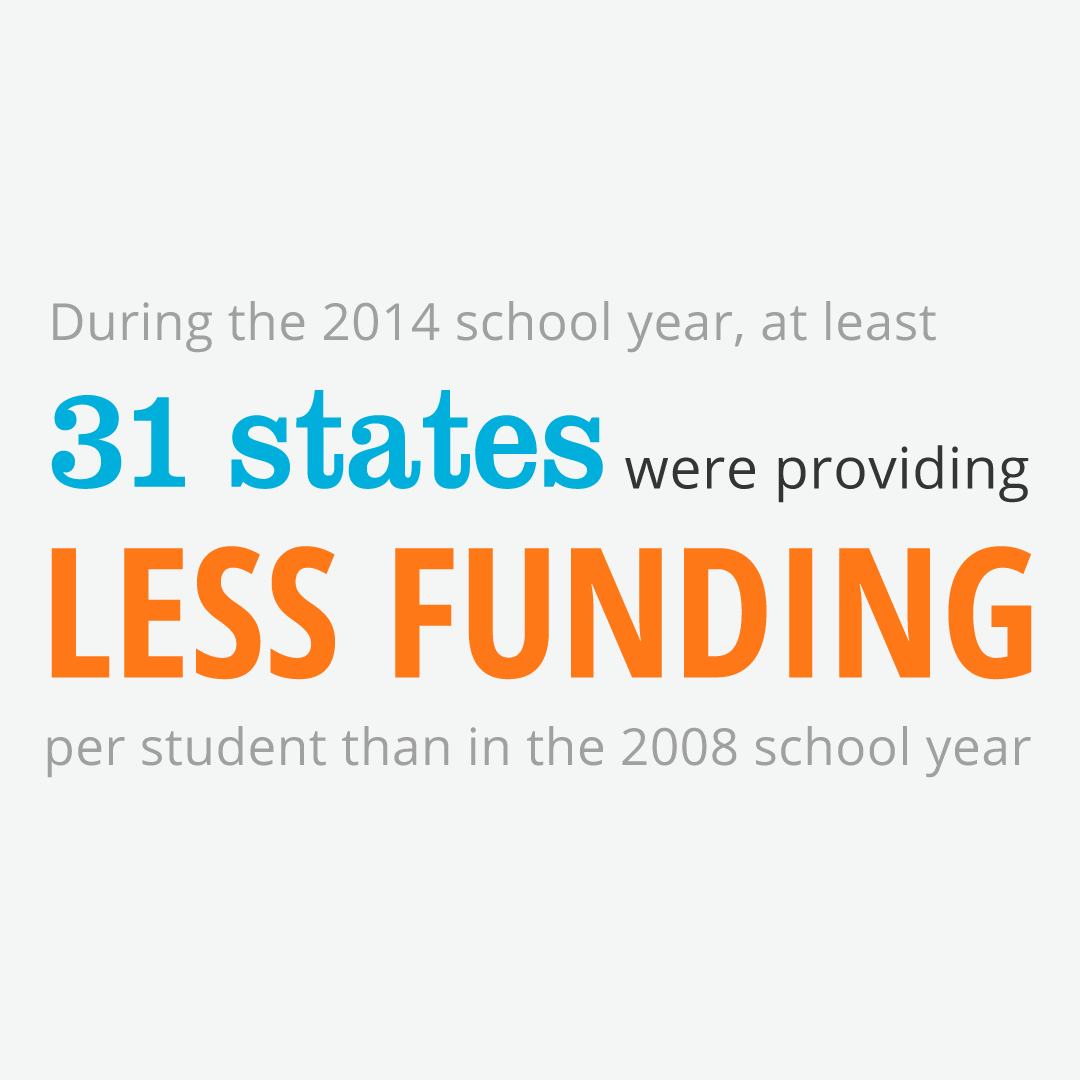On Monday May 8th, the Michigan Section of ASCE released the 2023 Report Card for Michigan’s Infrastructure in Lansing, MI. The report included 14 infrastructure categories, which received a cumulative grade of “C-“, the same as the national infrastructure report card. This grade is an upgrade for Michigan, which received a “D+” in the 2018 report and is a testament to the additional funding measures and added prioritization the state’s built environment has been given by policymakers and industry leaders over the past five years. However, the report notes that Michigan’s systems still have a long way to go and long-term funding mechanisms need to be established to ensure the state’s roads, bridges, water systems, energy grid and more are at a satisfactory condition.
Civil engineers graded Michigan’s aviation (C), bridges (D+), dams (C-), drinking water (D+), energy (D), inland waterways (C), public parks (C), rail (C), roads (D), schools (C-), solid waste (C+), stormwater (D), transit (C-), and wastewater (C). The report also included a chapter on the state’s broadband infrastructure, which did not receive a grade due to insufficient available data.
The release event was held inside the Christman Building across from the Michigan statehouse and included several leaders from across the state, including Brad Wieferich, Director, Michigan Department of Transportation; Lance Binoniemi, Vice President of Government Affairs, Michigan Infrastructure and Transportation Association; Amy O’Leary, Executive Director, Southeast Michigan Council of Governments; and ASCE Michigan Section leadership.
“Michigan residents, tourists, and businesses alike have all felt the impacts of worn-down roads, bridges, and the occasional water and energy services disruptions,” said Rep. Haley Stevens (MI11). “We depend on these systems working properly to keep our economy moving forward and our communities safe, along with protecting the natural environment that draws so many people to the Great Lakes state each year. Under Governor Whitmer, we have begun to dig our state’s infrastructure out of a deep hole, resulting in higher grades, and I remain confident that we will embrace future opportunities to make Michigan more efficient and resilient. I am committed to working across all levels of government to deliver the A+ that Michiganders deserve.”
The report card found that Michigan policymakers have driven progress in the last five years to improve infrastructure assets by implementing short-term funding solutions to address decades of deferred maintenance, including surface transportation funding through the Rebuilding Michigan plan and improved water infrastructure systems through the MI Clean Water Plan. The state will also benefit from recent federal infrastructure investments included in the Bipartisan Infrastructure Law (BIL), Coronavirus Aid, Relief, and Economic Security (CARES) Act, and American Rescue Plan Act (ARPA). However, Michigan generally lacks sufficient long-term funding mechanisms to ensure all infrastructure sectors reach and sustain a state of good repair.
Michigan took action to address road maintenance with a funding package starting in 2017 which helped state and local roads improve conditions, but only moderately. Of Michigan’s 120,000 miles of paved federal-aid-eligible roads, 25% are in good condition, up from 20% in 2017 but still far less than the national average of 42%. Approximately 11% of Michigan bridges are in poor condition, which is the same percentage reflected in the 2018 report and well above the national average of 7%. Good condition bridges dropped to 35% of the total in 2022 from 40% in 2018, meaning the percentage of bridges in fair condition rose from 50% in 2018 to 54% in 2022.
The state faces potential problems with drinking water systems that are more than 50 years old and some approaching 100 years old, yet less than 1% of pipes are being replaced annually. The state also faces a massive funding gap due to decades of deferred maintenance. Michigan’s water investments are falling short by anywhere from $410 million to $710 million per year. These estimates do not include addressing emerging contaminants such as PFAS, nor lead service line replacements.
Since 2013, Michigan has been making great strides in asset management through their Stormwater, Asset Management & Wastewater (SAW) grant funding and creation of the Michigan Water Asset Management Council (WAMC). However, the Michigan Department of Environment, Great Lakes and Energy (EGLE) estimates $2.71 billion is needed for Michigan’s aging wastewater treatment systems.
You can read the complete report card at https://www.infrastructurereportcard.org/michigan























































